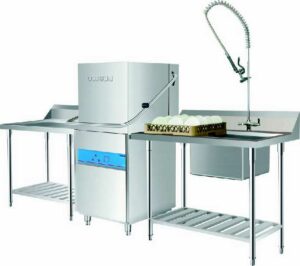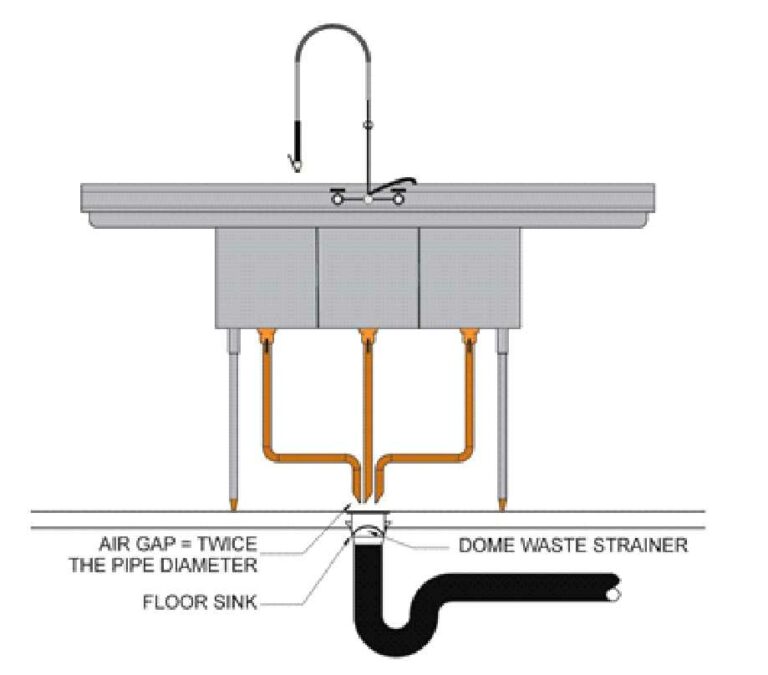Restaurant Kitchen Plumbing
Restaurants and professional kitchens require complicated plumbing systems. The more complicated the system, the more that can go wrong. The simplest of issues could lead to your kitchen being out of service for a period of time. This has the knock on effect on productivity, leading to loss of income, lack of custom and possible damage to your company reputation.
It is essential to be proactive rather than reactive when dealing with plumbing systems. Having regular preventative maintenance will allow you to identify any potential vulnerabilities and highlight any remedial repairs that are required prior to them becoming an issue. Be sure to choose a professional plumber who has experience and knowledge of the unique aspects of restaurant plumbing systems to ensure you are covered in case of emergency.
Commercial Plumbing Services
At Extron, our plumbers are specialists at dealing with complex restaurant and commercial kitchen plumbing systems. Unlike residential plumbing systems, the commercial plumbing faces higher usage and requires a specialist skillset to address issues. Extron Plumbing have the experience, skills and tools required to ensure the longevity of your plumbing system and provide maintenance where needed.
Grease interceptors
A grease interceptor is a device that is installed in a commercial establishment where large amounts of grease are produced. They work to prevent oil, grease and other materials from entering the drainage system and can work in high pressure water environments.
Fixtures for a Restaurant or a Commercial Kitchen
1 – Hand wash basin
2 –Pot sink
3 – Pre Rinse Sink
4 – Food prep sink
5 – Utility sink
1 – Hand wash basin
Every commercial kitchen needs to have a dedicated handwashing sink which can not be used for any other purpose. The sink must have both hot and cold running water, under pressure, and it should also come with a liquid soap dispenser. There should be a ready supply of paper towels available next to the sink for easy access.

2 – Pot sink
The pot washing sink should have at least two compartments, some will have three. These allow dishes to be immersed into the sink for each of the three processes (rinse, wash and sanitise). They should be large enough to allow large cooking receptacles to be fully immersed.

3 – Pre-rinse sink
Some kitchens will have a pre-rinse sink. These can be used to blast food from dishes that are then going to do into a dishwasher, or may have multiple compartments to clean the dishes prior to putting them to drain

4 – Food prep sink – indirectly connected
A food prep sink will not be used for anything except this purpose and will normally be located at a distance from the pot washing sinks.
5 – Utility sink
A utility sink may also be included in a kitchen, for filling up mop buckets or similar tasks.
